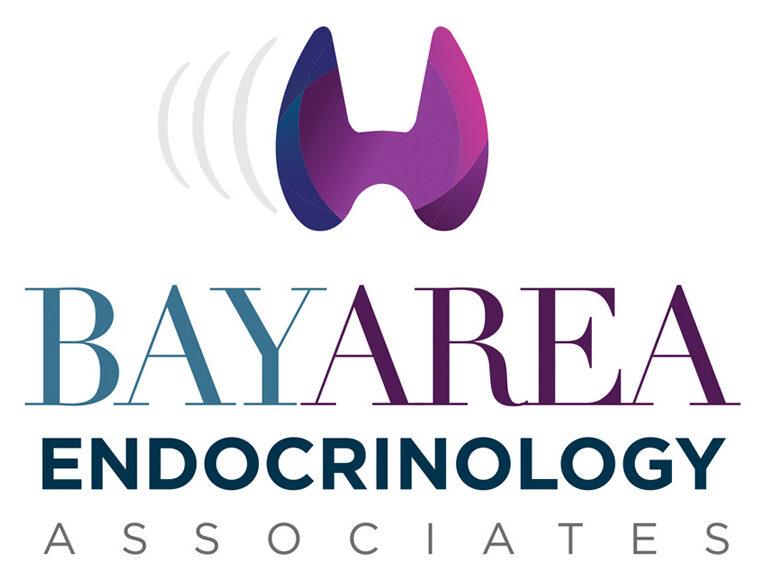Cytology adequacy assessment is the process of determining if a specimen meets the requirements defined by law for adequate cellularity. If a specimen does not meet these requirements, it may be rejected and/or re-examined.
Adequate cellularity consists of two components: appropriate numbers of cells for adequate interpretation and the presence of both squamous epithelial cells (SCC) and endocervical cells. The first assessment is made using the microscopic evaluation, while the second can only be ascertained by taking a cytology brush specimen from an area that has not been previously sampled.
This article will include what cytology adequacy assessment is, why cytology inadequacy assessment occurs, and some examples of this in practice.
What is Cytology Adequacy Assessment?
Adequacy assessment is the process of determining if a specimen meets the requirements defined by law for adequate cellularity. If a specimen does not meet these requirements, it may be rejected and/or requalified. Adequate cellularity has two components: appropriate numbers of cells for adequate interpretation and the presence of both squamous epithelial cells (SCC) and endocervical cells.
The first assessment is made using the microscopic evaluation, while the second can only be ascertained by taking a cytology brush specimen from an area that has not been previously sampled. This article will include what cytology adequacy assessment is, why cytology inadequacy assessment occurs, and some examples of this in practice.
Cytology Adequacy Assessment for the Thyroid
Cytology adequacy assessment is used in various ways for all types of fine-needle aspiration biopsies, including some which are not yet standardized, such as thyroid FNAB performed by an endocrinologist. The use of cytology adequacy assessment is most commonly associated with the evaluation for malignancy, where any tumor cells present must be adequately sampled to allow the pathologist to make an accurate diagnosis. Small amounts of neoplastic cells or relatively poor cellularity may preclude an adequate sample from being taken. Cytologic adequacy assessment is also used when there is a question of contamination.
Contamination can be present in a FNAB when there are cells that appear to be benign on cytology but could represent a hematogenous spread of malignant cells from another site. In this case, further evaluation (fine needle aspiration or open biopsy) is warranted to evaluate for the presence of cancer. However, in some instances, it could also occur due to inadequate specimen cellularity if the sample has not been taken high enough into the gland. This results in an interpretation that does not accurately reflect the true tumor extent, and treatment decisions may be based on incorrect information leading to unnecessary surgeries or radiation therapy.
Cytology adequacy assessment is performed by looking at both endocervical and squamous epithelial cells. Therefore, the specimen should include both cells from the uterine cervix and thyroid gland for evaluation of adequacy. In addition to looking at the adequacy of cellularity, one must also evaluate the extent of sampling concerning needle tract length (the distance between initial puncture site and final location where tissue is collected) within the gland as well as the position of needle tip when collecting sample.
How is the Procedure Performed?
To evaluate for adequacy, the cytologist in Tampa must assess the amount of aspirate collected and the number of cells present in an adequate sample. The technologist will note if there was an adequate amount of fluid obtained and also count how many cells are present on a slide at low power. If the amount of fluid is inadequate, another cell block may be prepared from the same area and submitted for evaluation.
The second assessment involves the interpretation of endocervical cells as well as squamous epithelial cells (SCC). Looking for both SCC and cervical epithelium allows identification of non-epithelial contaminants within FNAB specimens, which could be misdiagnosed as malignancies. Looking specifically for SCC has been shown to be more accurate than looking at all squamous epithelial cells, as SCC makes up only about 20% of the total squamous population.
The presence of cervical endocervical and glandular tissue is also important for the evaluation of adequacy in cervical cancer biopsies, though some institutions evaluate adequacy using cellularity alone.
Limitations:
There are limitations with cytology adequacy assessment which include the fact that it can only be used for evaluable specimens. Therefore not all patients will have their specimen reviewed by a pathologist trained or experienced in stringent criteria required for adequate criteria. In addition, this review is not performed in every institution, and there exists variation between different medical facilities on the interpretation of; adequate, adequate with modification, or inadequate categories. The adequacy rating also does not take into account the presence of nodules which may have significant risk for malignancy, and therefore additional evaluation and follow-up would be needed for patients with these findings.
If low cellularity is present in a suspected malignant FNAB, it is likely due to sampling error as opposed to a true tumor defect. However, if SCCs are identified, this could indicate a hematogenous spread of neoplastic cells from cervical or upper aerodigestive tract sites. Furthermore, cytology adequacy assessment cannot assess adequacy using frozen sectioned tissue, so it does not give an accurate interpretation of sampled areas when dealing with patients who had previously undergone surgery.
In summary, cytology adequacy assessment is a tool used to evaluate whether the sample was collected high enough in the gland, whether it was collected long enough (the needle tract), and how many cells were adequate for interpretation of diagnosis and clinical management.
No single assessment criterion or rating system can completely replace the pathologist’s visual examination of adequacy during the evaluation of FNAB specimens. However, having this information available as an adjunct to clinical and radiologic features as well as pathology allows for a complete review. The physician should also be made aware that no guidelines have been established for frozen section adequacy, but some studies have shown that cytology adequacy assessment using frozen sections gives similar evaluations to those obtained from formalin-fixed tissues.
Reference:
Bomeli, S. R., LeBeau, S. O., & Ferris, R. L. (2010, April). Evaluation of a thyroid nodule. Otolaryngologic clinics of North America. https://www.ncbi.nlm.nih.gov/pmc/articles/PMC2879398/.








